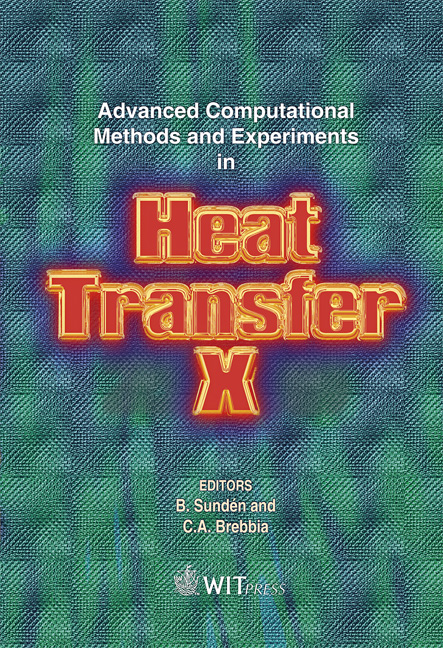An Experimental Feasibility Study Of Using Diesel Exhaust For Space Heating In Alaskan Villages
Price
Free (open access)
Transaction
Volume
61
Pages
12
Page Range
93 - 104
Published
2008
Size
1,067 kb
Paper DOI
10.2495/HT080091
Copyright
WIT Press
Author(s)
P. Raghupatruni, C.-S. Lin, D. Witmer, E. Bargar, J. Schmid, T. Johnson & V. Avadhanula
Abstract
In rural Alaska, there are nearly 180 villages consuming about 374,000 MWh of electrical energy annually from individual diesel generators. A similar amount of fuel energy is dissipated into the atmosphere from diesel exhaust. Due to the isolation and small populations of the villages, the costs of fuels, components, and maintenance are extremely high and one of the policies in management is to minimize the possibilities of power outrage and the frequency of maintenance. Also due to the potential of corrosion and soot accumulation in exhaust heat recovery systems, exhaust heat recovery has long been avoided. Recently, the surge in fuel prices, the new regulation requiring ultra low sulfur diesel, and the desire to reduce green house gas has led to exhaust heat recovery being reconsidered for improving the energy efficiency of rural Alaskan diesel power plants. This report discusses the selection of different exhaust heat recovery applications to the villages, the design of an experimental system that simulates different space heating methods used in villages, system fabrication, instrumentation, system performance, feasibility and economic analysis. Performance presented includes the effect of the heat recovery system on engine performance, heat recovery effectiveness, measured soot accumulation and the effect of fouling on heat recovery effectiveness, and the estimated maintenance requirement. Keywords: exhaust heat recovery, experimental simulation, space heating, soot accumulation, feasibility, payback time.
Keywords
exhaust heat recovery, experimental simulation, space heating, sootaccumulation, feasibility, payback time.





